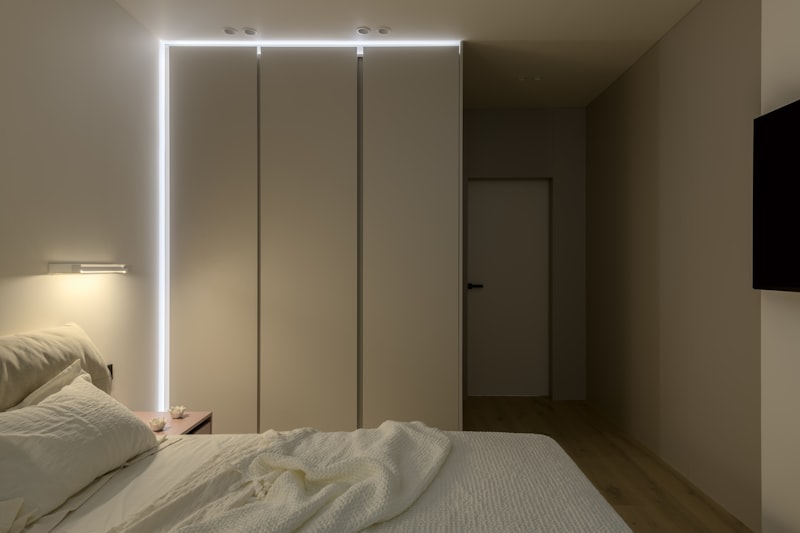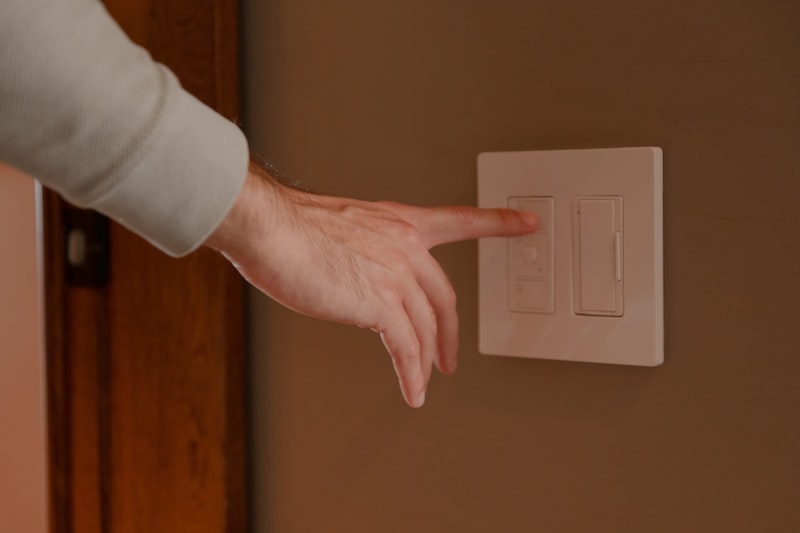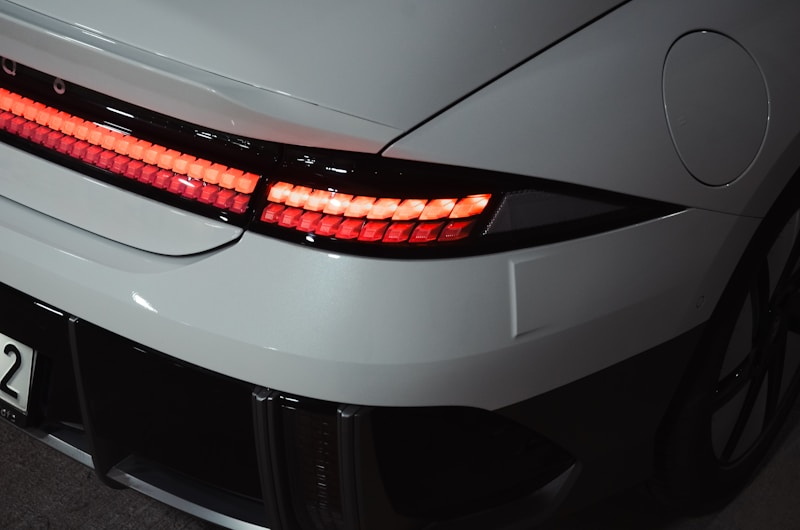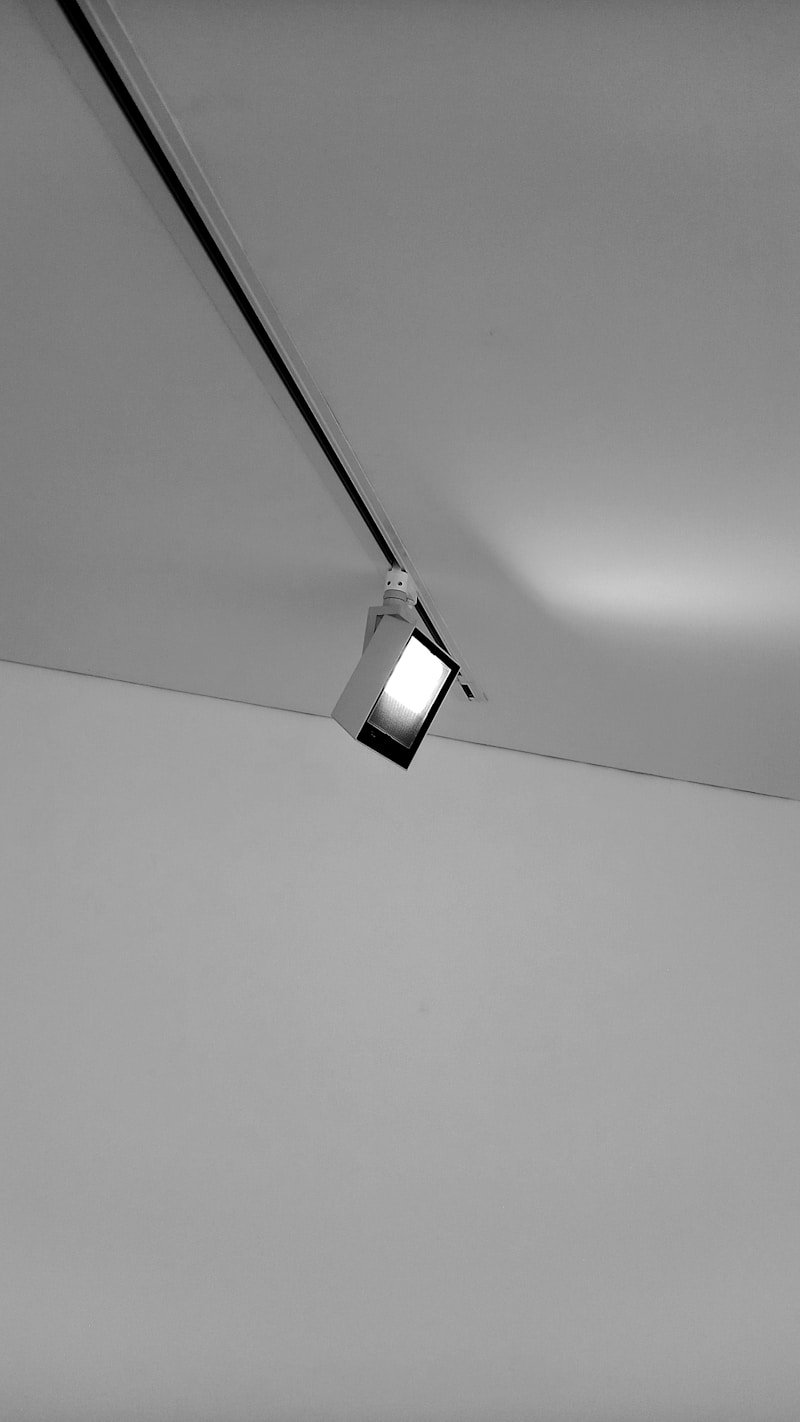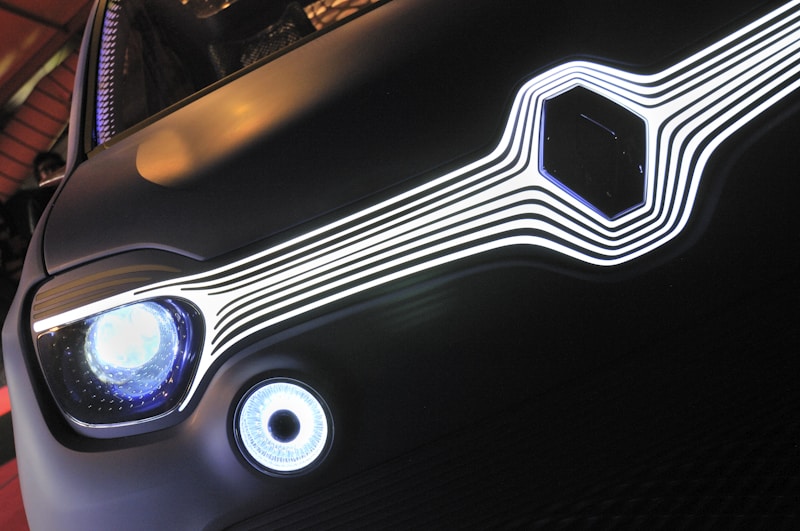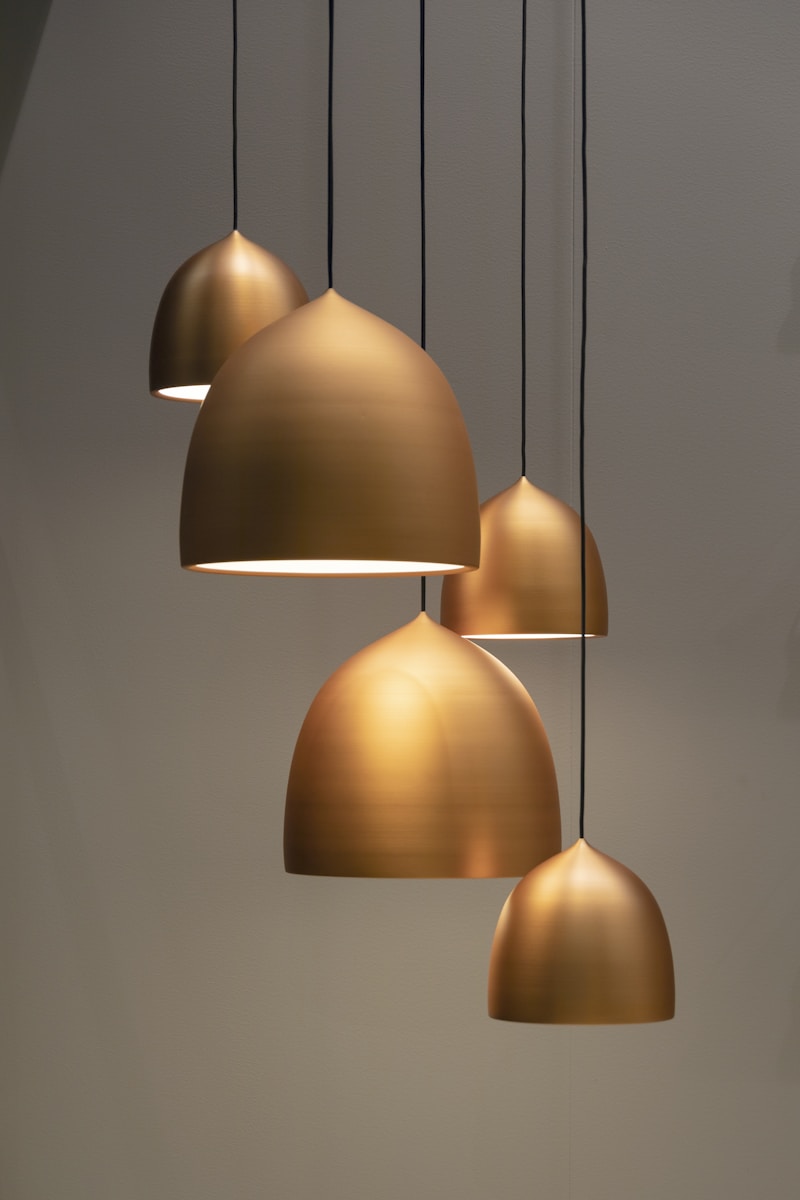The Aesthetics of LED Light Fixtures in Contemporary Design
In recent years, LED light fixtures have become a staple in contemporary design, seamlessly blending functionality with aesthetic appeal. As the world shifts towards more sustainable energy solutions, LED lighting has not only transformed the way we illuminate our spaces but also how we conceptualize design itself. This article will explore the aesthetics of LED light fixtures in contemporary design, offering insights into their versatility, design options, and their impact on various environments.The Rise of LED Lighting in Modern InteriorsLED technology has revolutionized the lighting industry, providing options that are energy-efficient and environmentally friendly. Unlike traditional bulbs, LEDs consume significantly less energy and have a longer lifespan, making them an excellent choice for modern design. Plus, they come in various shapes, sizes, and color temperatures, allowing designers to play with light and shadow in innovative ways.Key Advantages of LED Light FixturesAdvantageDescriptionEnergy EfficiencyLEDs use up to 80% less energy than incandescent bulbs.LongevityLast up to 25 times longer than traditional bulbs.VersatilityAvailable in various designs and colors for different applications.Environmentally FriendlyContains no toxic elements and can be recycled.Low Heat EmissionProduces very little heat, reducing cooling costs.As highlighted in the table above, the advantages of LED light fixtures contribute significantly to their growing popularity in contemporary ...
Exploring the Latest Trends in Architectural Lighting Design
As we venture deeper into the 21st century, the world of architectural lighting design is experiencing a remarkable transformation. The blend of innovation, sustainability, and aesthetic appeal has given rise to a myriad of trends that not only enhance spaces but also reflect our evolving relationship with light. In this article, we will explore the most significant trends shaping architectural lighting design today, provide insights into their applications, and discuss their implications for architects, designers, and property developers.The Shift Towards Sustainable Lighting SolutionsOne of the most prominent trends in architectural lighting design is the shift towards sustainable lighting solutions. Energy-efficient lighting technologies, such as LED and OLED, have gained immense popularity due to their reduced environmental impact and lower energy consumption. This transition not only supports environmental sustainability but also results in significant cost savings over time.Incorporating smart lighting systems further enhances sustainability efforts. These systems allow users to control lighting levels based on occupancy, time of day, and natural light availability, reducing waste and creating a more efficient use of energy.Benefits of Sustainable LightingBenefitDescriptionEnergy EfficiencyUsing less power leads to lower utility bills and reduced carbon footprint.LongevityModern lighting solutions last longer, reducing the need for frequent replacements.Improved Well-be...
The Impact of LED Lighting on Mood and Ambiance: Transform Your Space
In recent years, LED lighting has revolutionized how we illuminate our spaces, providing not only energy efficiency but also a profound impact on our mood and ambiance. In this article, we will explore the role of LED lighting in influencing emotions, enhancing environments, and the psychological effects different colors and intensities of light have on individuals. Furthermore, we will delve into practical applications for both residential and commercial settings, helping you understand how to create the ideal atmosphere. The Science Behind Light and MoodLight plays a crucial role in regulating our circadian rhythms and influencing our emotional well-being. Research has shown that exposure to different light colors, particularly blue and white light, can impact serotonin levels, which are closely linked to mood regulation. This relationship underlines the significance of selecting the right type of lighting for various environments. Below is a table summarizing the effects of different colors of LED lighting:LED ColorEffect on MoodWarm White (2700K-3000K)Creates a cozy and relaxed atmosphereCool White (4000K)Enhances concentration and focusBlue LightAids in alertness and cognitive functionRed LightCan evoke feelings of passion and warmthGreen LightConveys calmness and serenityLED Lighting and Its Psychological ImpactThe psychological effects of lighting are profound. A well-lit room can create a lively and inviting atmosphere, while dim lighting can foster intimacy and relax...
The Impact of LEDs in Automotive Lighting Applications
In recent years, the automotive industry has undergone a significant transformation, especially with the advent of advanced lighting technologies. Among these innovations, LEDs in automotive lighting applications have emerged as a crucial component. This article delves into the advantages, challenges, and future potential of LED technology in vehicles. We will also address related questions and topics that enthusiasts and consumers might search for.Understanding LEDs in Automotive LightingLight Emitting Diodes (LEDs) are semiconductor devices that emit light when an electric current passes through them. They have revolutionized not only consumer electronics but also automotive lighting. LEDs are widely used for various lighting applications in vehicles, including:HeadlightsTail lightsInterior lightsIndicator lightsBenefits of Using LEDs in Automotive LightingThe shift towards using LEDs in automotive lighting applications comes with numerous benefits:BenefitsDescriptionEnergy EfficiencyLEDs consume significantly less power than traditional halogen bulbs, leading to reduced fuel consumption in vehicles.Longer LifespanTypically, LEDs can last up to 25,000 hours compared to 1,000 hours for halogen bulbs.Greater BrightnessLEDs provide higher luminosity, enhancing visibility for both drivers and pedestrians.Design FlexibilityThe compact size of LEDs allows for innovative designs and features in automotive lighting.Better Heat ManagementLEDs emit less heat, which contributes to the...
Transform Your Space with DIY LED Lighting Projects for Home Improvement
Are you looking to enhance the ambiance of your home without breaking the bank? DIY LED lighting projects offer a fantastic solution for home improvement enthusiasts. Not only do they add aesthetic appeal, but they also provide energy efficiency, making them a win-win for homeowners. Let’s explore some exciting DIY LED lighting projects that can transform your living space. Why Choose LED Lighting? LED lights are gaining popularity for a multitude of reasons. Here are some advantages: Energy Efficiency: LED lights consume significantly less electricity compared to traditional incandescent bulbs, reducing your energy bills. Longevity: LEDs can last up to 25,000 hours, meaning less frequent replacements. Environmentally Friendly: LEDs contain no toxic elements and are fully recyclable. Versatility: Available in various colors and designs, LED lights can be used in different areas of the home. Getting Started with DIY LED Projects Before diving into your DIY projects, it's essential to gather the necessary materials. The basic tools you might need include: LED strips or bulbs Power supply Wiring tools Adhesives or mounting hardware Switch or remote control (optional) Once you have your materials, you can begin exploring various projects. Here are some ideas to inspire you: Popular DIY LED Lighting Projects Project Description Estimated Cost LED Under-Cabinet Lighting Add LED strips under kitchen cabinets for a modern look. $20 - $50 LE...
Exploring the Real-World Applications of LED Technology Across Various Industries
Introduction to LED TechnologyLight Emitting Diodes (LEDs) have revolutionized the way we illuminate our world and have found a wide array of applications across different sectors. From enhancing the energy efficiency of homes to transforming the healthcare landscape, the potential of LED technology extends far beyond conventional lighting. This article delves into the real-world applications of LED technology in various industries, highlighting its benefits, challenges, and future prospects.Table of Contents1. Introduction to LED Technology2. LED Applications in the Automotive Industry3. LED Technology in Healthcare4. Impact on the Entertainment Industry5. Sustainable Agriculture with LED Lighting6. Energy-Efficient Solutions in Retail7. Future Trends and ConclusionLED Applications in the Automotive IndustryIn the automotive sector, LED technology is making significant strides. Modern vehicles utilize LED lighting for headlights, taillights, and interior illumination due to their energy efficiency and longevity. For instance, cars equipped with LED headlights consume up to 75% less energy than traditional halogen bulbs while providing superior brightness and visibility.Safety EnhancementMoreover, the brighter light emitted by LEDs enhances visibility during nighttime driving conditions, leading to improved road safety. Innovative designs, such as adaptive lighting that adjusts based on the speed and direction of the vehicle, are becoming increasingly popular. These features ...
Understanding Visual Comfort and Glare Reduction: Essential Insights for Better Living Environments
In today's world, where design meets functionality, achieving visual comfort and glare reduction has become paramount for both residential and commercial spaces. This article aims to unravel the significance of visual comfort, the impact of glare, and effective strategies to mitigate it, ultimately enhancing the overall experience of occupants.What is Visual Comfort?Visual comfort refers to a state where the lighting in an environment is pleasing to the eye and not straining or distracting. It's crucial in ensuring that people can perform visual tasks without discomfort. The ideal lighting conditions enhance productivity and well-being.The Impact of GlareGlare is the visual discomfort caused by excessive brightness or a significant contrast in illumination levels. It can lead to eye strain, headaches, and reduced productivity. Understanding glare is essential in creating environments that prioritize visual comfort.Types of GlareGlare can be broadly classified into two categories:Disability GlareThis occurs when bright light impairs visibility, making it difficult to see in an environment.Veiling GlareThis occurs when brightness causes a reduction in contrast, making it harder to perceive objects clearly.Measuring Visual ComfortSeveral factors influence visual comfort, including lighting type, intensity, and distribution. Here are some key metrics used to measure visual comfort:Illuminance - Measured in lux, it indicates how well-lit an area is.Luminous Intensity - The amount ...
